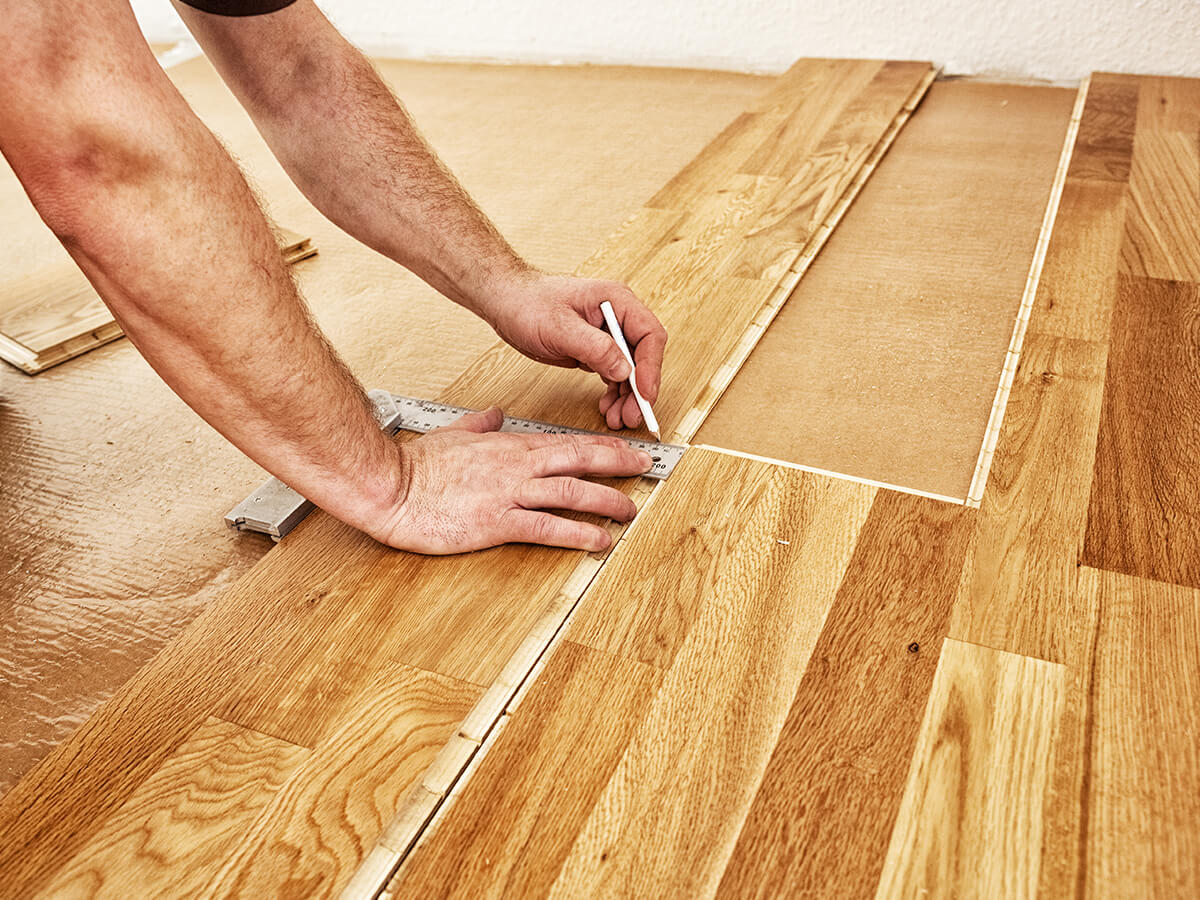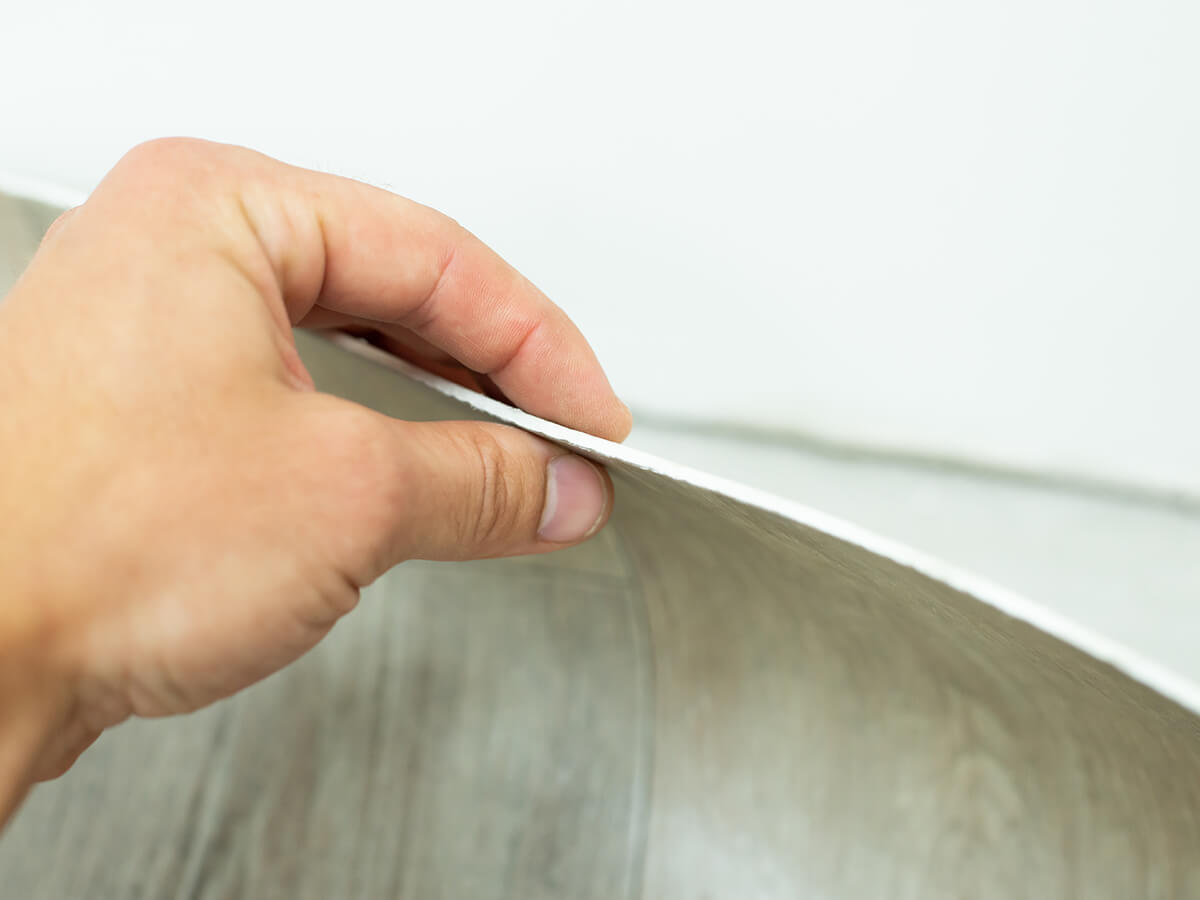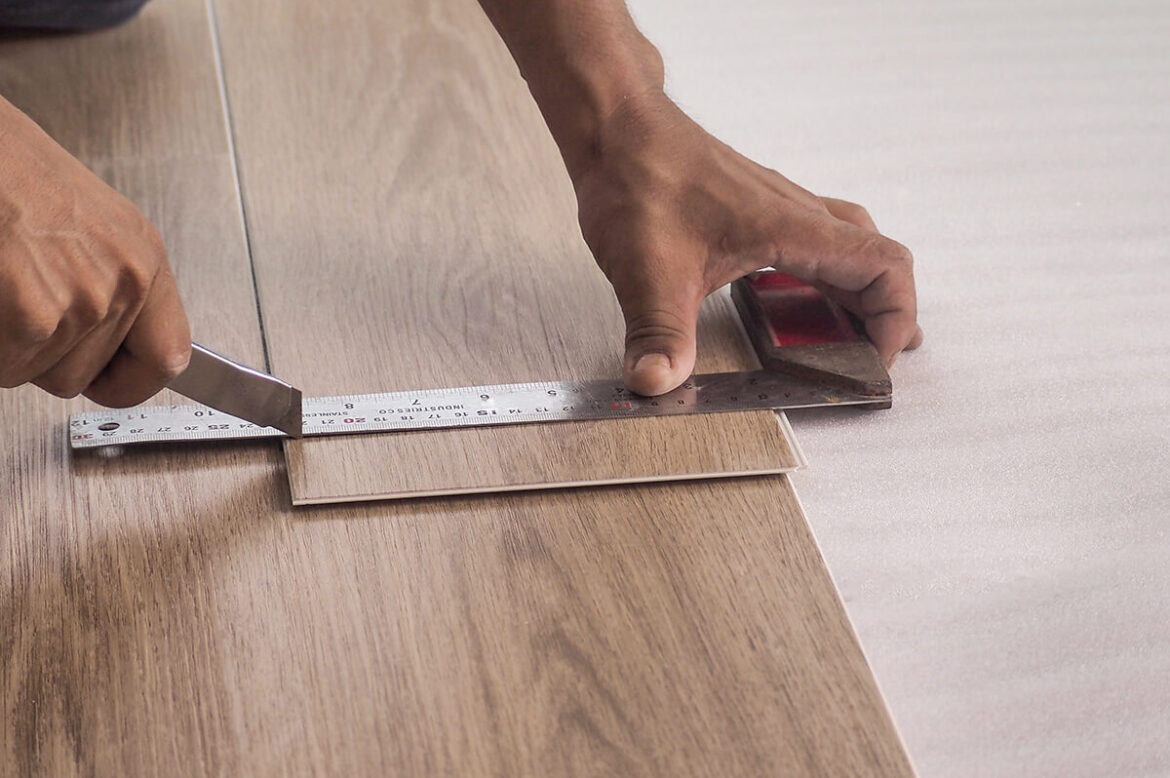Choosing the right flooring installation method is crucial to ensuring your new floors look great and last for years. Among the most popular options are floating, nail, and glue installations – each with its own benefits and challenges. Let’s compare these methods to help you decide which one best suits your needs, budget, and flooring type.
Floating Installation: Features, Pros, and Cons
Floating installation is a popular method where flooring planks are not attached directly to the subfloor. Instead, the pieces lock together, often using a click-and-lock system, or simply lay loose in place. This method is widely used thanks to its simplicity and versatility.
Features
- Floating floors rely on interlocking mechanisms or gravity to stay in place.
- Suitable for materials like laminate, vinyl, and engineered wood.
- Can be installed over most subfloors, including concrete and existing flooring.
Pros

- Ease of Installation: Floating floors require minimal tools and expertise.
- Adaptability: They allow for thermal expansion and contraction of the flooring material, making them great for areas with temperature changes.
- Cost-Effective: With no adhesives or nails required, installation costs are typically lower.
- Removability: Easy to remove and replace if needed, making them a flexible choice.
Cons
- Less Solid Feel: Floating floors can sometimes feel slightly hollow underfoot compared to glued or nailed options.
- Limited Material Options: Not suitable for solid hardwood or other heavy materials that require a fixed hold.
- Potential Noise: Can produce creaks or squeaks over time if not installed properly.
Floating floors are an excellent choice for those seeking a fast, budget-friendly solution for their flooring needs. However, they may not be the best option for every material or application, especially in high-traffic areas requiring extra stability.
Nail Installation: Features, Pros, and Cons
Nail installation, a traditional method for securing flooring, involves fastening planks directly to the subfloor using nails or staples. This method is commonly used for solid hardwood flooring, offering unmatched durability and a seamless finish.
Features
- Flooring is secured to a wood subfloor with nails or staples.
- Requires specialized tools, such as a flooring nailer or stapler.
- Best suited for solid hardwood and some engineered wood planks.
Pros
- Superior Stability: Once installed, nailed flooring is highly stable, reducing movement and noise.
- Longevity: A properly installed nailed floor can last decades, even in high-traffic areas.
- Enhanced Appearance: The tight fit achieved with nails creates a polished and professional finish, making it a popular choice for premium hardwood brands like Mercier flooring in Toronto.
- Ideal for Hardwood: Works exceptionally well with solid hardwood, a popular choice in premium flooring installations.
Cons
- Labour-Intensive: The process is time-consuming and requires skilled labour or advanced knowledge.
- Tool Requirements: Specialized tools can add to the overall installation cost.
- Subfloor Limitations: Only compatible with wooden subfloors, making it less versatile than floating or glue methods.
- Difficult Repairs: Replacing or repairing individual planks is more challenging due to the nailed structure.
Nail installation is perfect for homeowners seeking a long-lasting and sturdy flooring solution, especially for premium materials like solid hardwood. While it requires more effort and skill than other methods, the results are worth it for those prioritizing durability and aesthetics.
Glue Installation: Features, Pros, and Cons
Glue installation involves adhering flooring directly to the subfloor using strong adhesives. This method is favoured for its ability to provide a stable, long-lasting bond, particularly in areas requiring durability or moisture resistance.
Features
- Flooring planks are secured to the subfloor using adhesive materials.
- Suitable for various flooring types, including engineered wood, vinyl, and tiles.
- Requires a clean and level subfloor to ensure proper adhesion.
Pros

- Enhanced Stability: Glue-down floors offer excellent stability and are less prone to shifting or movement.
- Improved Thermal Transfer: According to a study, the thermal transfer characteristics of wood flooring differ between floating and adhesive installation methods, with adhesive installation methods showing faster thermal transfer velocity (Seo et al., 2014). This makes glued floors an excellent choice for spaces with underfloor heating.
- Durability: Adhesive installation creates a long-lasting bond, ideal for high-traffic or moisture-prone areas.
- Noise Reduction: Glued floors tend to be quieter, with reduced creaking or hollow sounds.
Cons
- Complex Installation: The process can be messy and requires precision, making professional help advisable.
- Time-Consuming: Adhesives need curing time, which can delay completion.
- Challenging Removal: Removing glued flooring can be labour-intensive and may damage the subfloor.
- Costly Materials: Adhesives and the tools needed for this method can increase installation costs.
Glue installation is a strong contender for areas where stability, durability, and thermal efficiency are priorities. While the process requires more effort and investment, the long-term benefits often outweigh the initial challenges.
Key Factors to Consider When Choosing an Installation Method
Selecting the right flooring installation method is crucial for achieving the desired look, durability, and functionality of your floors. Here are the key factors to keep in mind when making your decision:
1. Type of Flooring Material
- Different materials work better with specific installation methods.
- Floating: Ideal for laminate, vinyl, and engineered wood.
- Nail: Best suited for solid hardwood and tongue-and-groove planks.
- Glue: Works well with vinyl, tiles, and engineered wood.
- Consider the compatibility of your flooring choice with the installation method for optimal results.
2. Subfloor Condition
- The state of your subfloor plays a significant role in determining the method:
- A clean, level surface is essential for glue and nail installations.
- Floating floors are more forgiving of minor imperfections in the subfloor.
3. Installation Skill Level
- DIY-Friendly: Floating floors are the easiest for non-professionals to install.
- Professional Expertise: Nail and glue methods require skilled labour for precise and secure results.
4. Cost Implications
- Evaluate both material and labour costs:
- Floating: Generally more affordable due to fewer tools and no adhesives.
- Nail and Glue: May incur higher expenses for tools, adhesives, or professional labour.
5. Environment and Usage
- Moisture Levels:
- Glue installations are ideal for high-moisture areas like kitchens and bathrooms.
- Floating floors may not be as effective in moisture-prone spaces.
- Temperature Fluctuations: Floating floors accommodate thermal expansion and contraction, making them suitable for spaces with varying temperatures.
6. Longevity and Maintenance
- Consider long-term durability and ease of repairs:
- Nailed floors are extremely durable but harder to repair.
- Glued floors last long but are difficult to remove if damaged.
- Floating floors are easier to replace but may wear faster in high-traffic areas.
Ready to Choose the Right Flooring?
Selecting the best flooring installation method is a crucial step in ensuring your floors last and look beautiful. Whether you’re considering a floating, nail, or glue installation, it’s important to choose the right fit for your space.
If you need expert guidance or are looking for top-quality hardwood or vinyl flooring in Toronto, Capital Hardwood Flooring is here to help. Call us today at (416) 536-2200 for a consultation and let us assist you in transforming your space!
